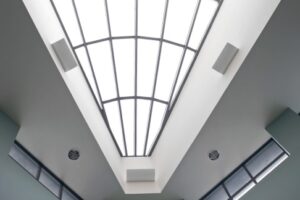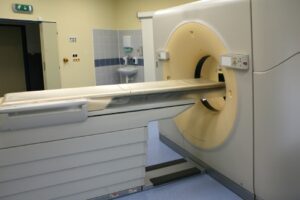
Aerospace &
Defense

Commercial Food Equipment & Cookware

Architectural
Design

Energy

Industrial

Medical

Oil & Agriculture

Vehicle Components
At Helander, we offer a wide selection of metal forming and fabrication services that are tailored to the specific needs of your projects. Two of our most notable and versatile services are metal spinning and sheet hydroforming.
Metal spinning, also called metal turning and spin forming, can be used to manufacture axially symmetric parts from discs or tubes rotated on a spindle. This technique dates back to ancient times, as early Egyptians spun metal into bowls and other objects using hand-operated equipment. The technology was later developed to include lathe-type machines that utilized foot pedals to control the speed of the spindle, and was further developed with the addition of electric motors.
Metal spinning is known for its ability to form almost any ductile metal, including various high-performance alloys. Metal spinning has simple tooling requirements and uses less material, which helps keep down costs.
Sheet hydroforming can be used to manufacture complex or asymmetrical parts by utilizing highly pressurized hydraulic fluid. This fluid, which acts as a replacement for a rigid die in traditional stamping methods, sends sheet metal into a die cavity with only one side; this allows the formation of complex, irregular shapes with concavities, which is more difficult to achieve with other stamping methods.
The pressure applied during sheet hydroforming is evenly distributed, reducing the amount of stress on materials such as steel, brass, and others; less strain on the material results in stronger, lighter parts that help reduce manufacturing costs. The uniform pressure provided by sheet hydroforming also increases the drawability of the material.
Metal spinning and sheet hydroforming are highly versatile and can be used for a variety of commercial and industrial applications. In many instances, these methods have supported the advancement of many industries. For example: the automotive industry uses spun and hydroformed components, resulting in lighter cars with increased fuel efficiency, lower CO2 emissions, and higher safety standards; in the medical industry, metal spinning and hydroforming are used for creating complex equipment in low volumes – ideal for just-in-time delivery – that can be easily redesigned to accommodate new technology.
